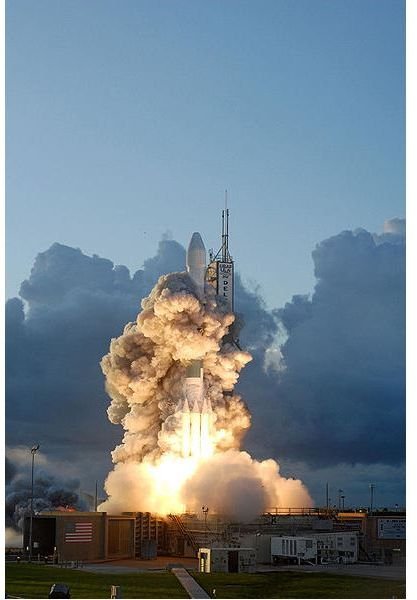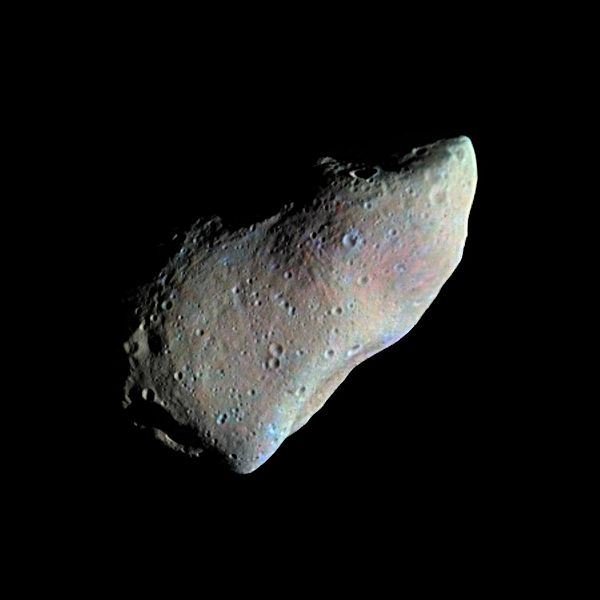NASA's NEAR Mission: Exploring the Eros, Ceres, and Vesta Asteroids with the Galileo and Dawn Missions
Galileo Probe: A Prelude to NASA’s NEAR Mission
NASA finally discovered the value of probing asteroids in 1991, when the Galileo probe sent to study Jupiter first passed over an asteroid named Gaspra to collect some valuable information. The study and mapping of asteroids really kicked into high gear in 1996, when NASA launched its NEAR program. NEAR stands for Near-Earth Asteroid Rendezvous.
The first probe launched under the NEAR mission was also the first probe launched specifically to study an asteroid: Eros. The NEAR probe spent an entire year engaged in the mapping of Eros, retrieving a substantial amount of information about asteroids which had never before been known. Among the information that was gained about Gaspra from Galileo were such things as a greater understanding of the development of it size and shape, as well as its surface temperature. The conclusion of the Eros probe was nothing short of spectacular: a successful landing on the asteroid. Even more amazing is the fact that an attempted landing of the probe on the asteroid had never been part of the original intent of the mission.
Photo: Gaspra asteroid. Credit: NASA, Public Domain.
The Dawn Mission

The Dawn Mission is nothing short of NASA’s most complex mission ever to study asteroids. Launched in 2006, Dawn’s destination is the Asteroid Belt itself, where it will focus on the asteroids Vesta and Ceres. Plans are for Dawn to reach Vesta in 2011 and Ceres in 2015. This three million mile journey is one of the most impressive ever undertaken by NASA. While the result may not be as amazing as landing on the moon, ultimately the information that is gained will likely dwarf the moon missions in value and importance. The goal of sending the Dawn Mission to study the asteroid belt is to gain a foothold into the mysteries of the development of the entire solar system. NASA scientists are particularly excited about the very real possibility that sub-surface water may actually be discovered on a distant asteroid.
Photo: Liftoff of Dawn Mission spacecraft. Credit: NASA, Public Domain.
References
https://findarticles.com/p/articles/mi_m1200/is_/ai_11661269
